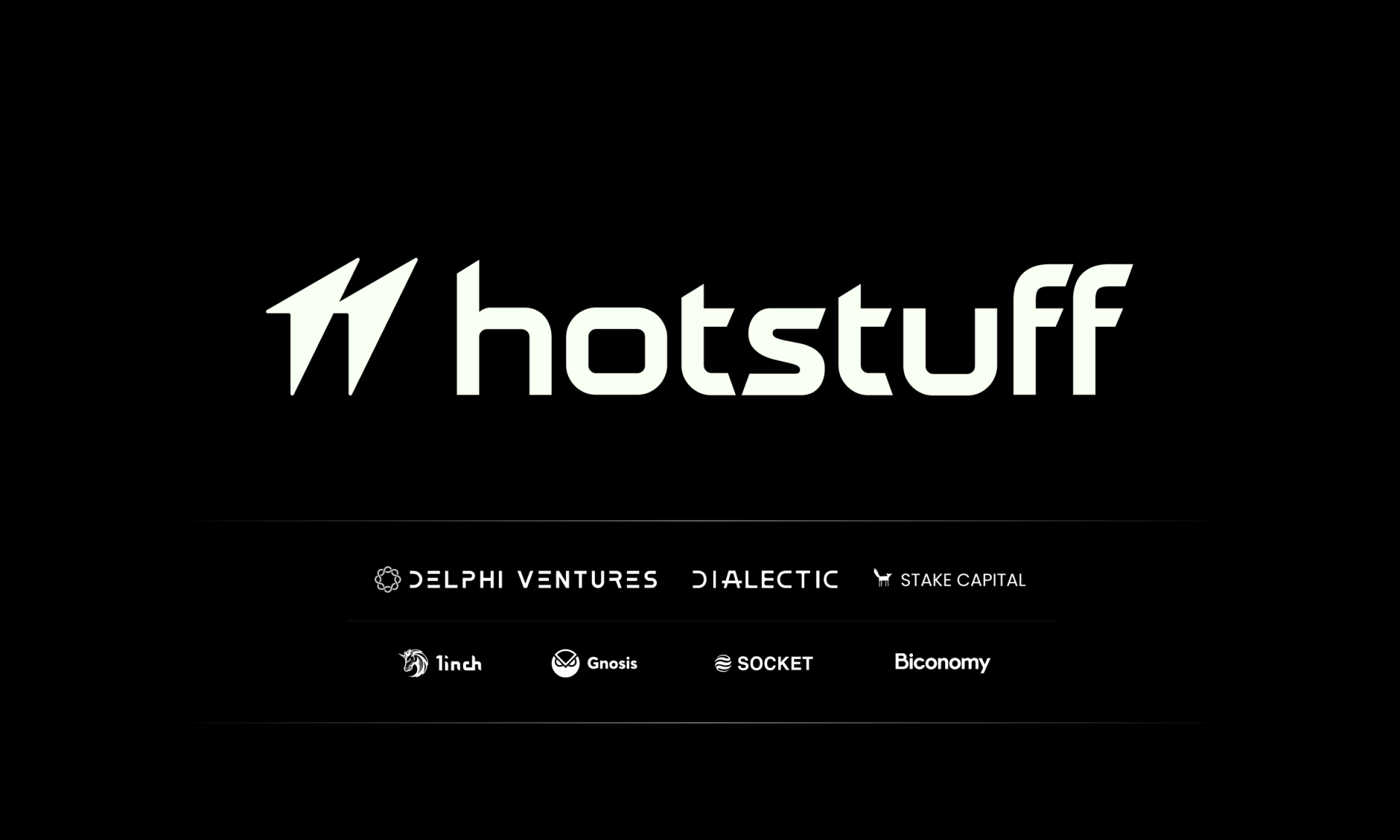Collateralization is a crucial insurance mechanism in modern finance that lenders require before granting a loan to a borrower. It serves as a means to protect lenders from the risk of default, where the borrower fails to repay the loan. In the world of blockchain and cryptocurrencies, collateralization plays an even more significant role due to the inherent volatility of digital assets.
In simple terms, collateralization involves offering an asset of value (such as property, fiat currency, cryptocurrency, commodities, etc.) in exchange for a loan in a different asset. By providing collateral, borrowers give lenders a form of guarantee, ensuring that the lender can recoup their losses in case of default.
Let’s consider an example to understand collateralization in the traditional finance realm. Suppose you are planning to purchase your first home, which is a significant investment. You may require a substantial mortgage to finance the purchase. In this case, traditional financial institutions would typically provide you with a mortgage for the desired property.
Essentially, you are using your future home as collateral and agreeing that the bank will take ownership of the house if you fail to repay the mortgage. While mortgages are the most common form of collateralization in traditional finance, the crypto world offers borrowers and lenders more flexibility.
In the realm of crypto lending platforms, almost any type of cryptocurrency token can be accepted as collateral to provide a loan in different crypto tokens. However, lenders must consider the volatility of crypto tokens. For instance, if a lender accepts collateral in ETH (Ethereum) and the price of one ETH token significantly drops, the value of the collateral may not be sufficient to cover potential losses.
To mitigate this risk, many crypto lenders turn to stablecoins that are pegged to a fiat currency. Stablecoins, like USDT and USDC, are tied to the current value of US dollars and have relatively stable prices. By accepting stablecoins as collateral, lenders can minimize the impact of price volatility and have greater assurance of recouping their investment.
Another option for collateralization in the crypto lending space is the use of collateral tokens. These cryptocurrencies are specifically designed to serve as collateral, providing lenders with even greater security in their investment. Collateral tokens are often backed by physical assets or have built-in mechanisms to maintain their value.
Collateralization is a primary mechanism used by lenders worldwide to minimize potential losses on their investments. On the other hand, collateralization of assets also benefits borrowers, as loans with collateral often come with significantly lower interest rates compared to unsecured loans.
However, it is important to note that collateralization is not without risks. If borrowers fail to repay the loan, they risk losing the collateral they provided. This creates a strong incentive for borrowers to honor their loan obligations. It also encourages lenders to carefully evaluate the quality and value of the collateral they accept.
In the crypto lending space, there is still ample room for exploration in terms of collateralization. Recently, lenders have started accepting non-fungible tokens (NFTs) and other forms of crypto-assets as collateral for loans. NFTs represent unique digital assets, such as digital art, collectibles, and virtual real estate. Their inclusion as collateral expands the possibilities for borrowers and lenders in the blockchain space.
In conclusion, collateralization is a fundamental concept in both traditional finance and blockchain finance. By offering collateral, borrowers provide lenders with security, ensuring that lenders can recover their investment in case of default. In the world of cryptocurrencies, collateralization helps mitigate the risks associated with the volatility of digital assets. It enables lenders to offer loans while minimizing the potential impact of price fluctuations. As the blockchain ecosystem continues to evolve, collateralization will likely play an increasingly significant role in shaping the future of finance.














